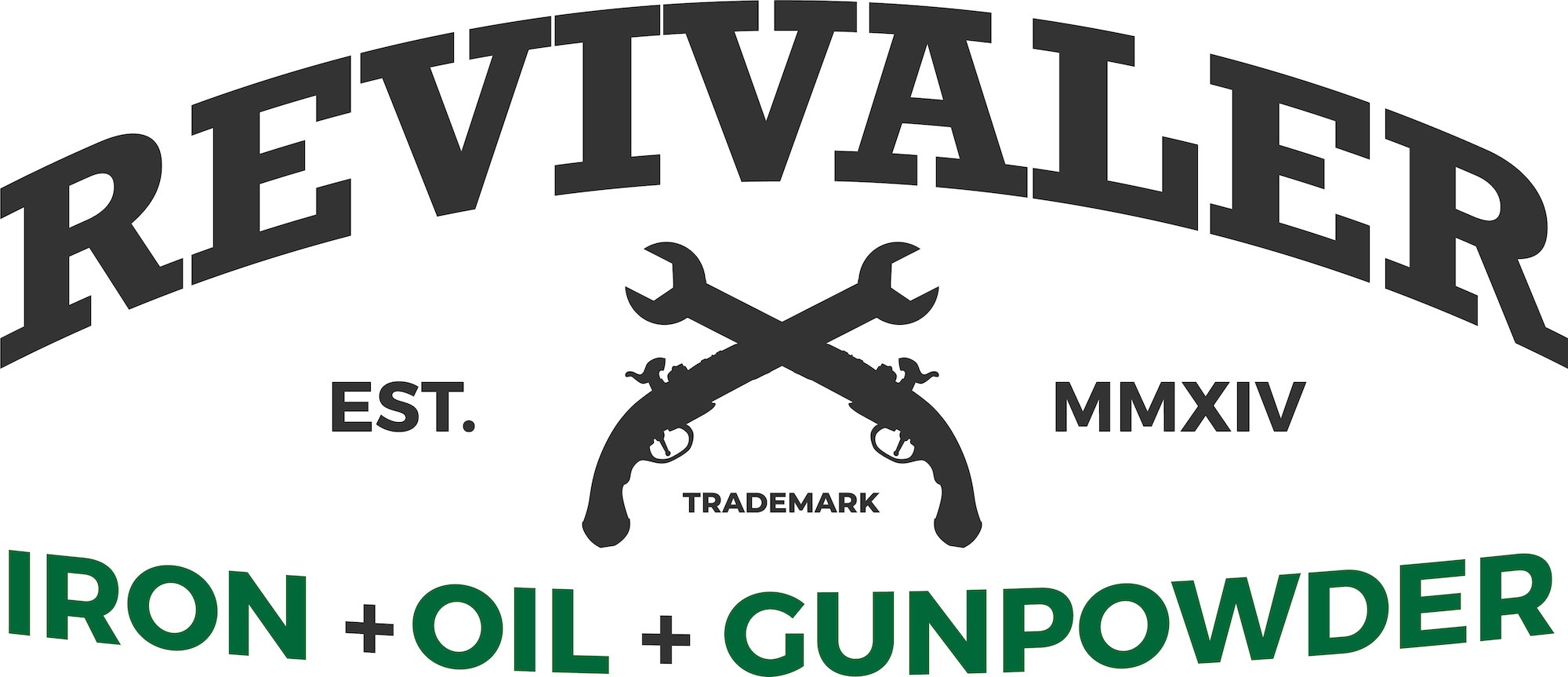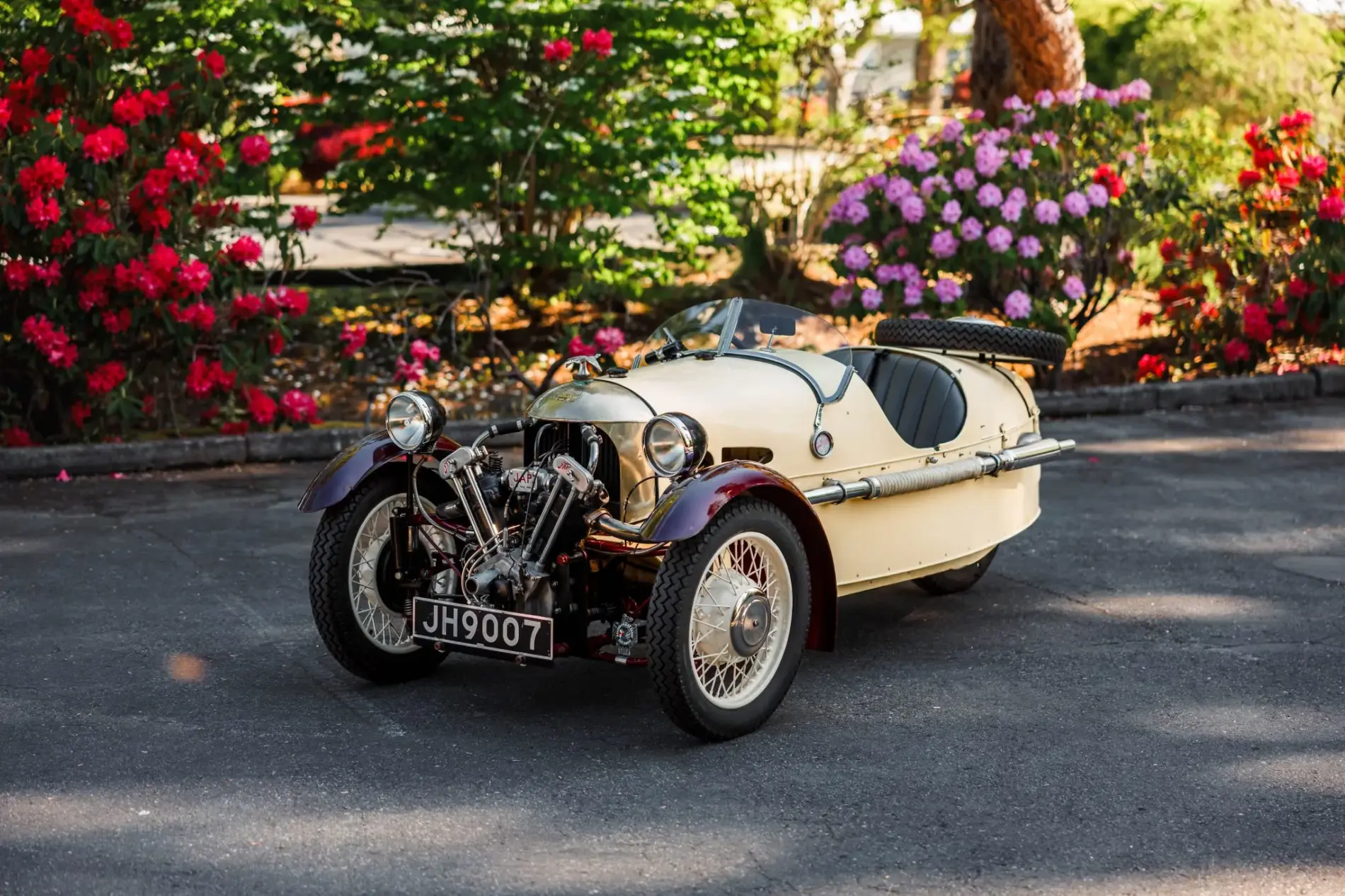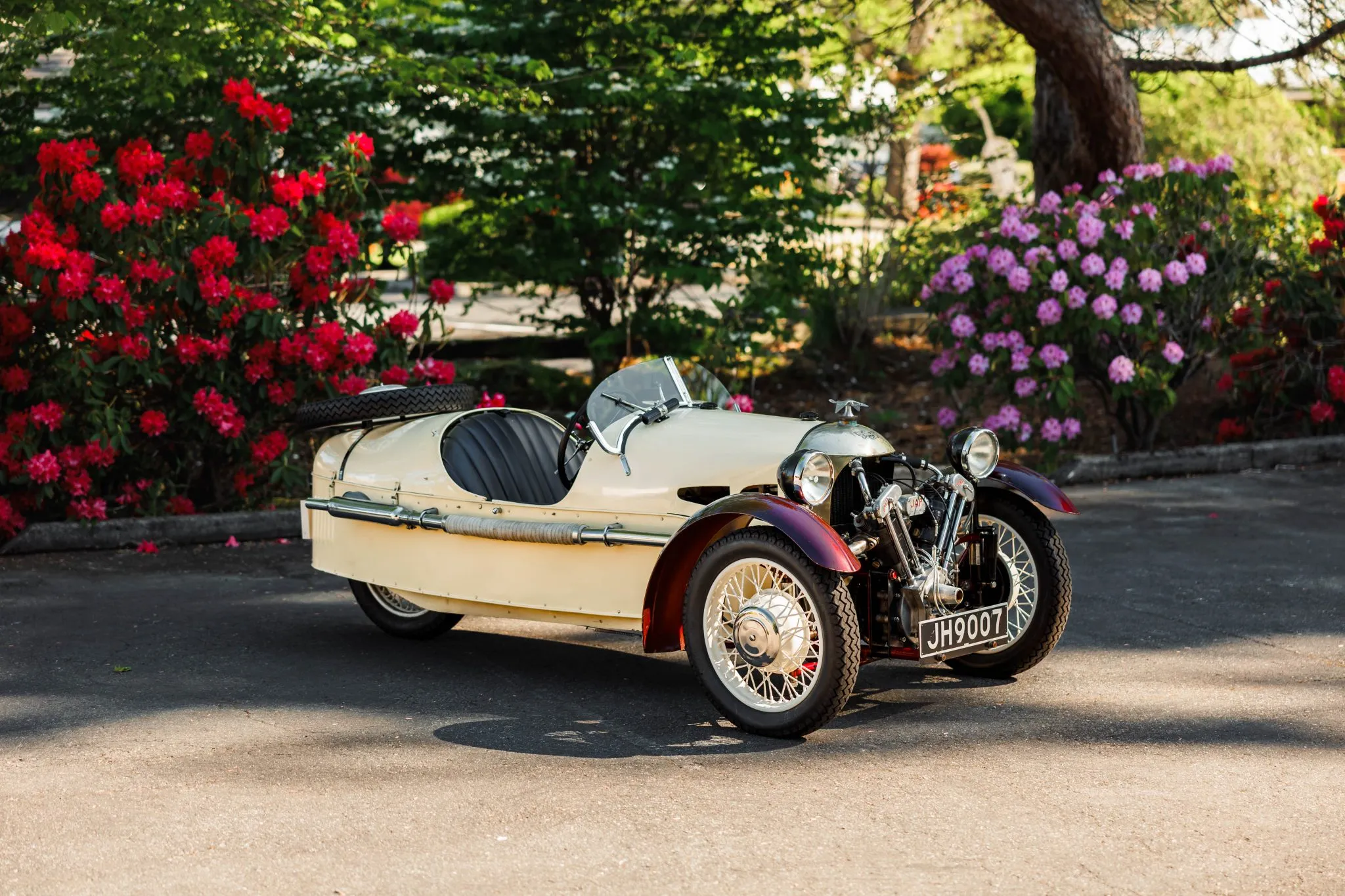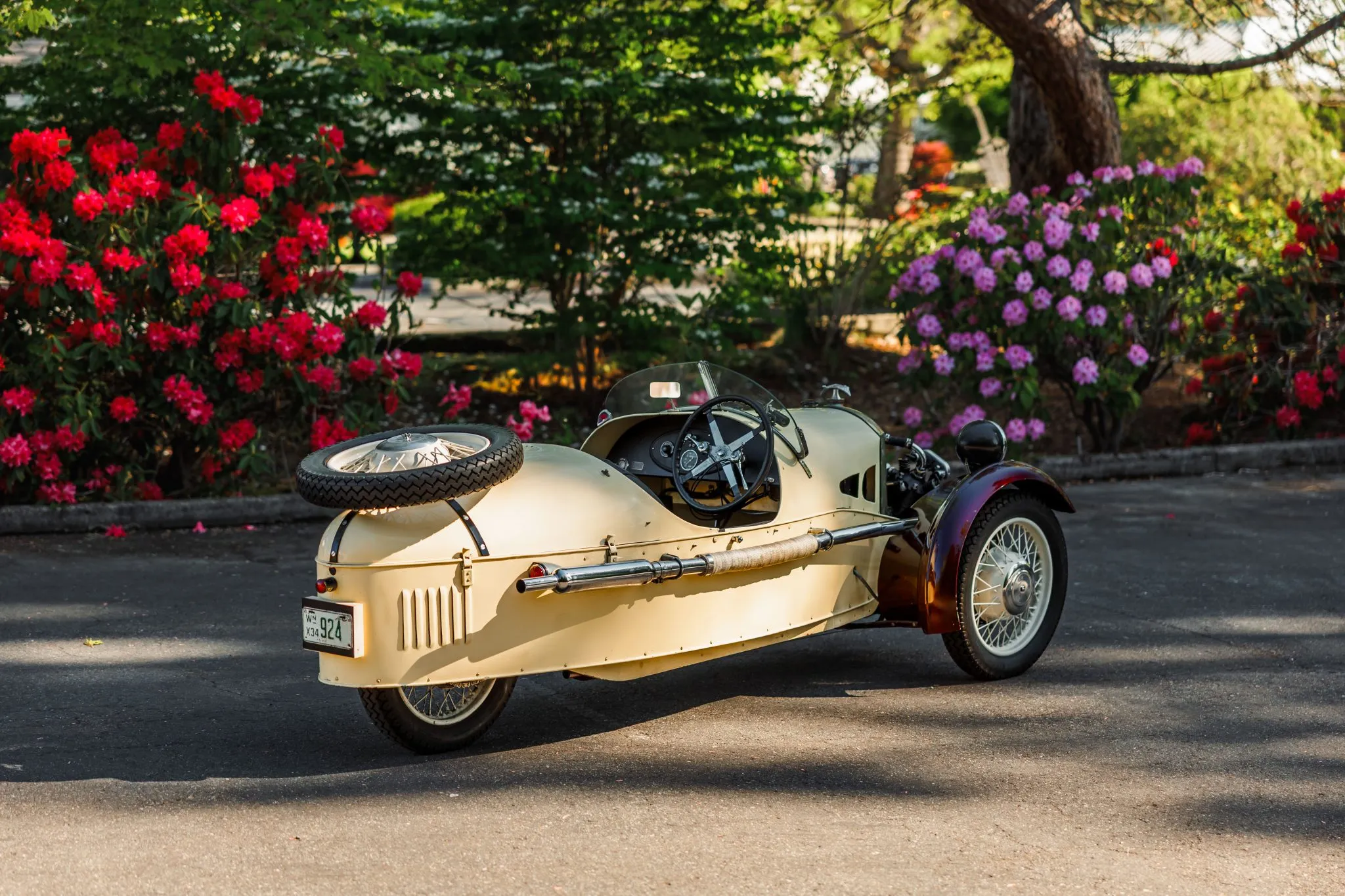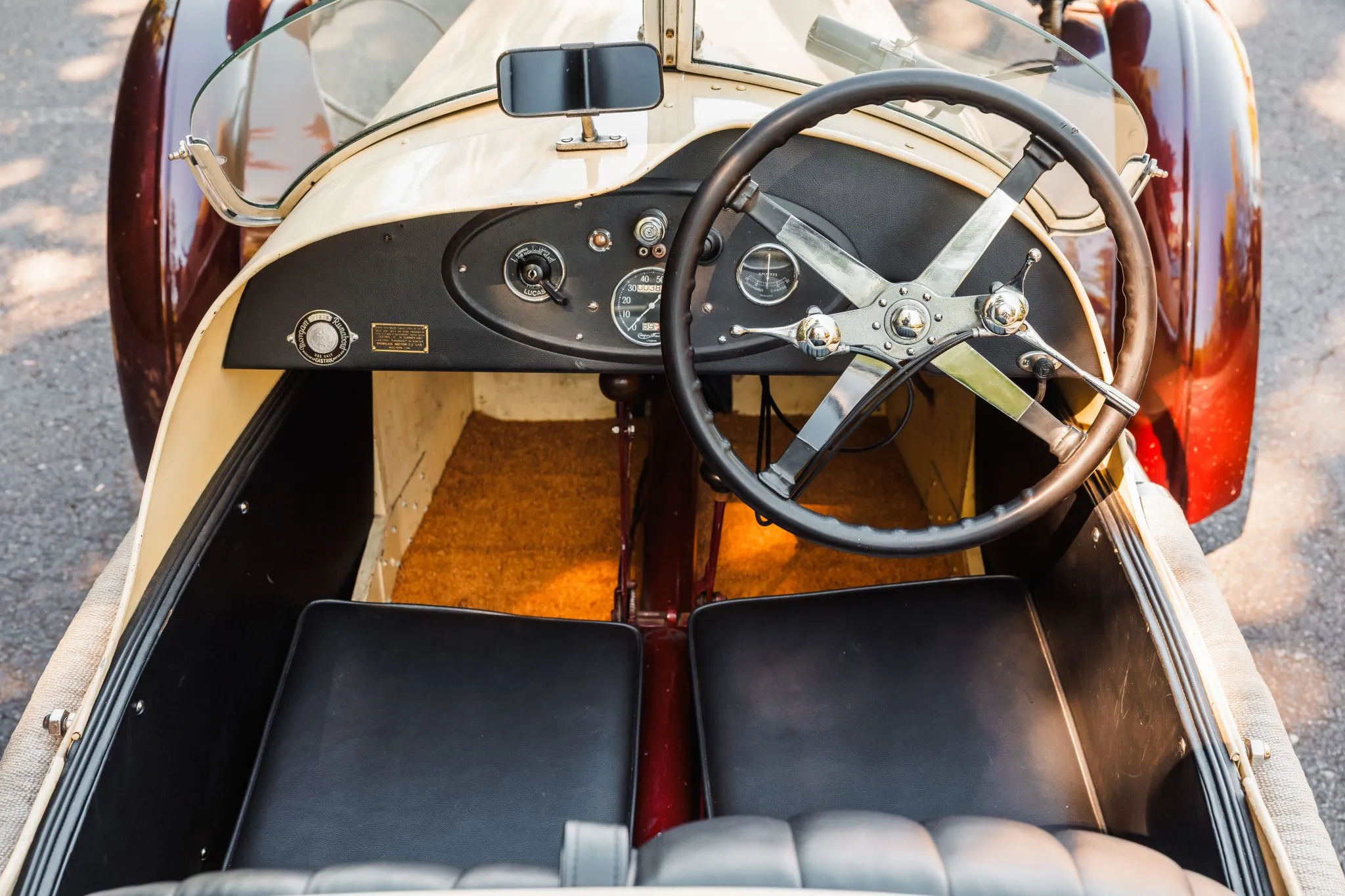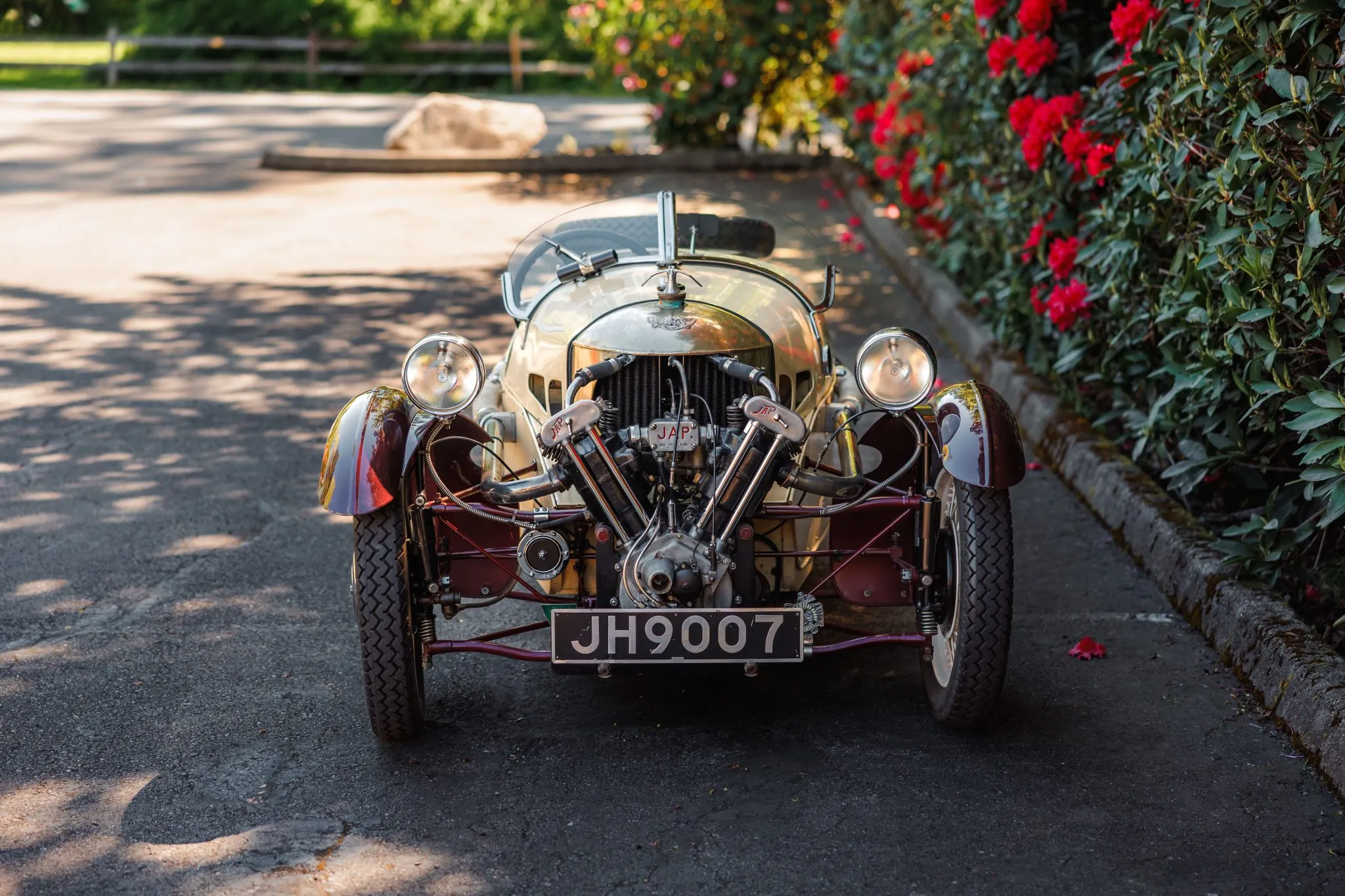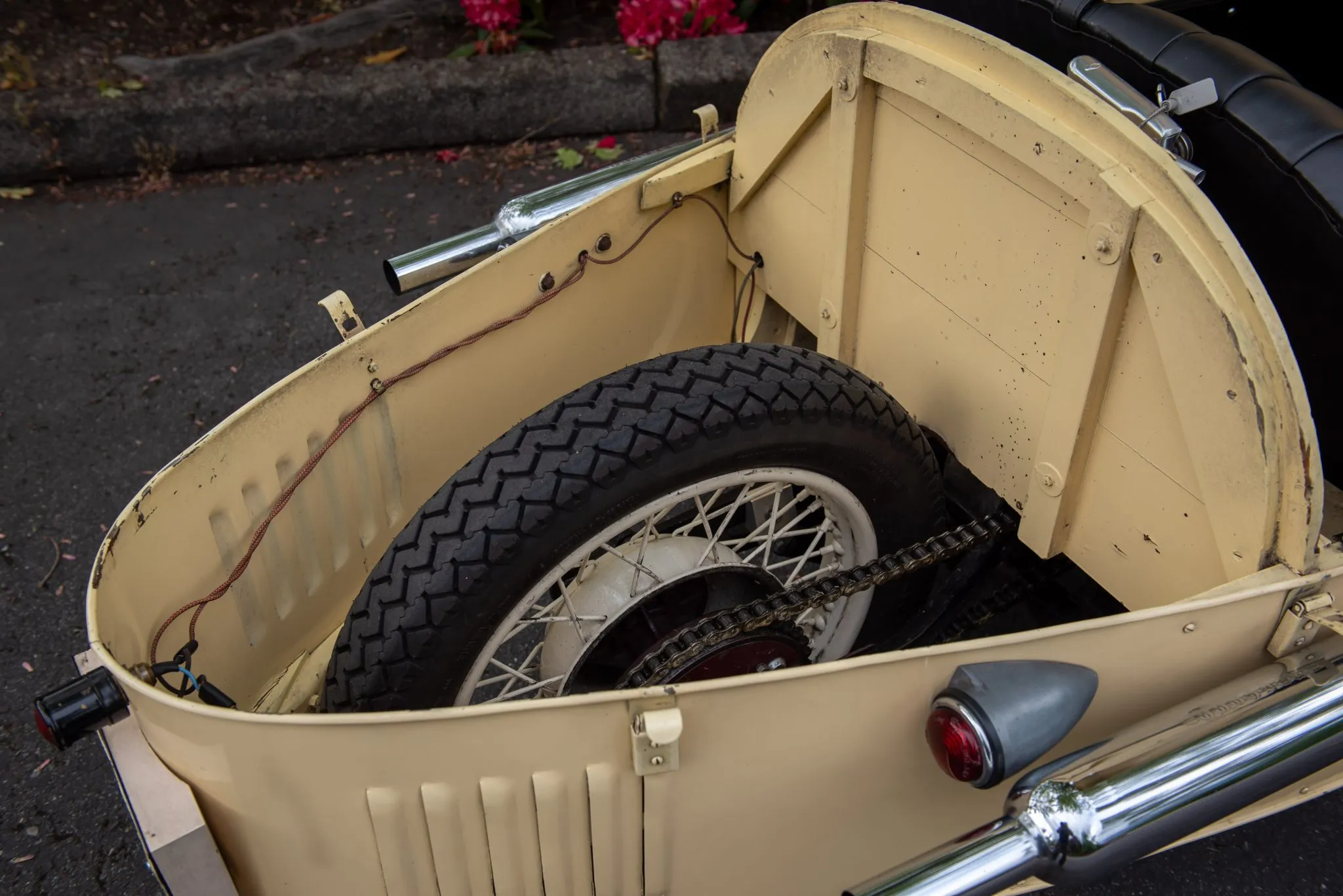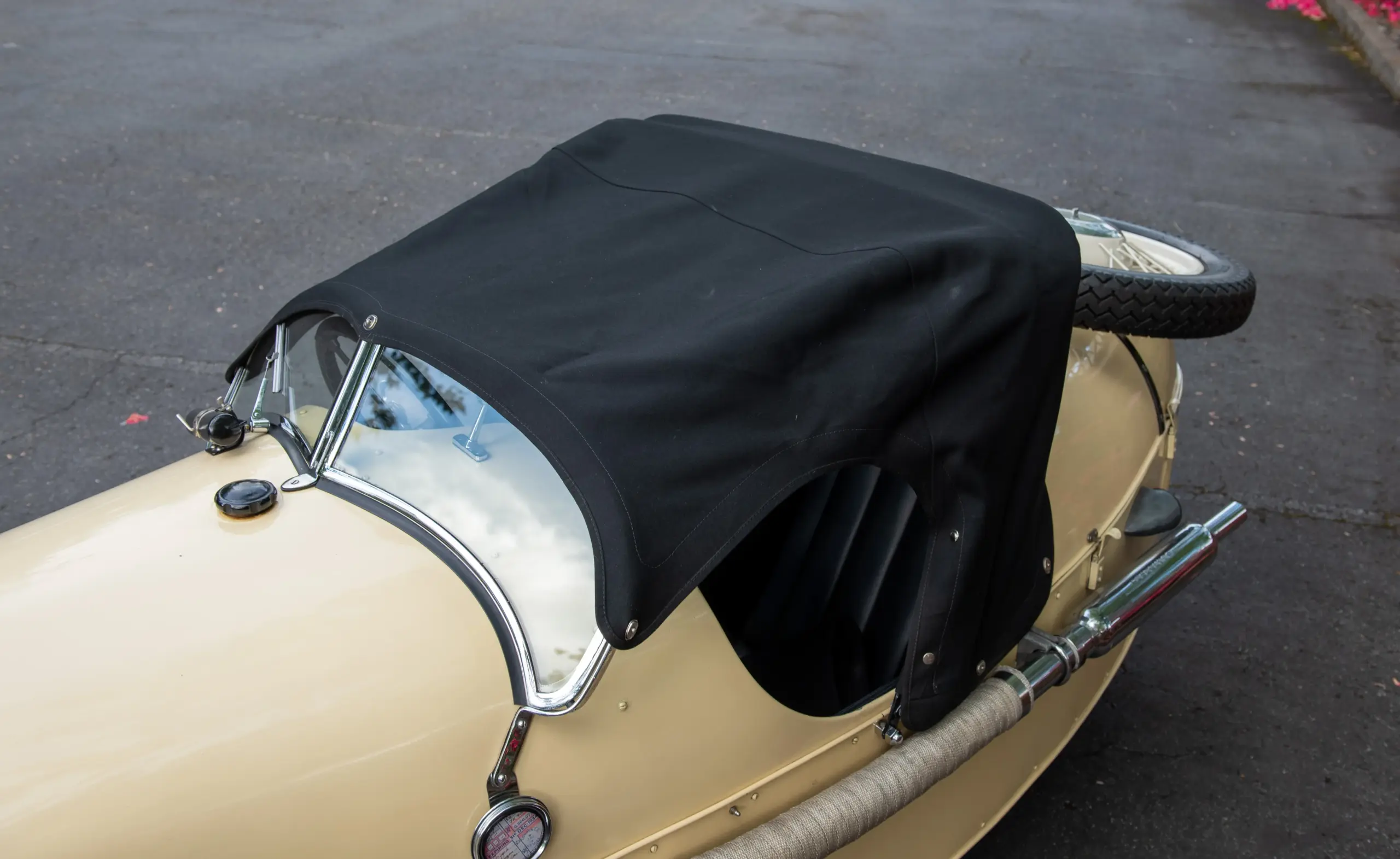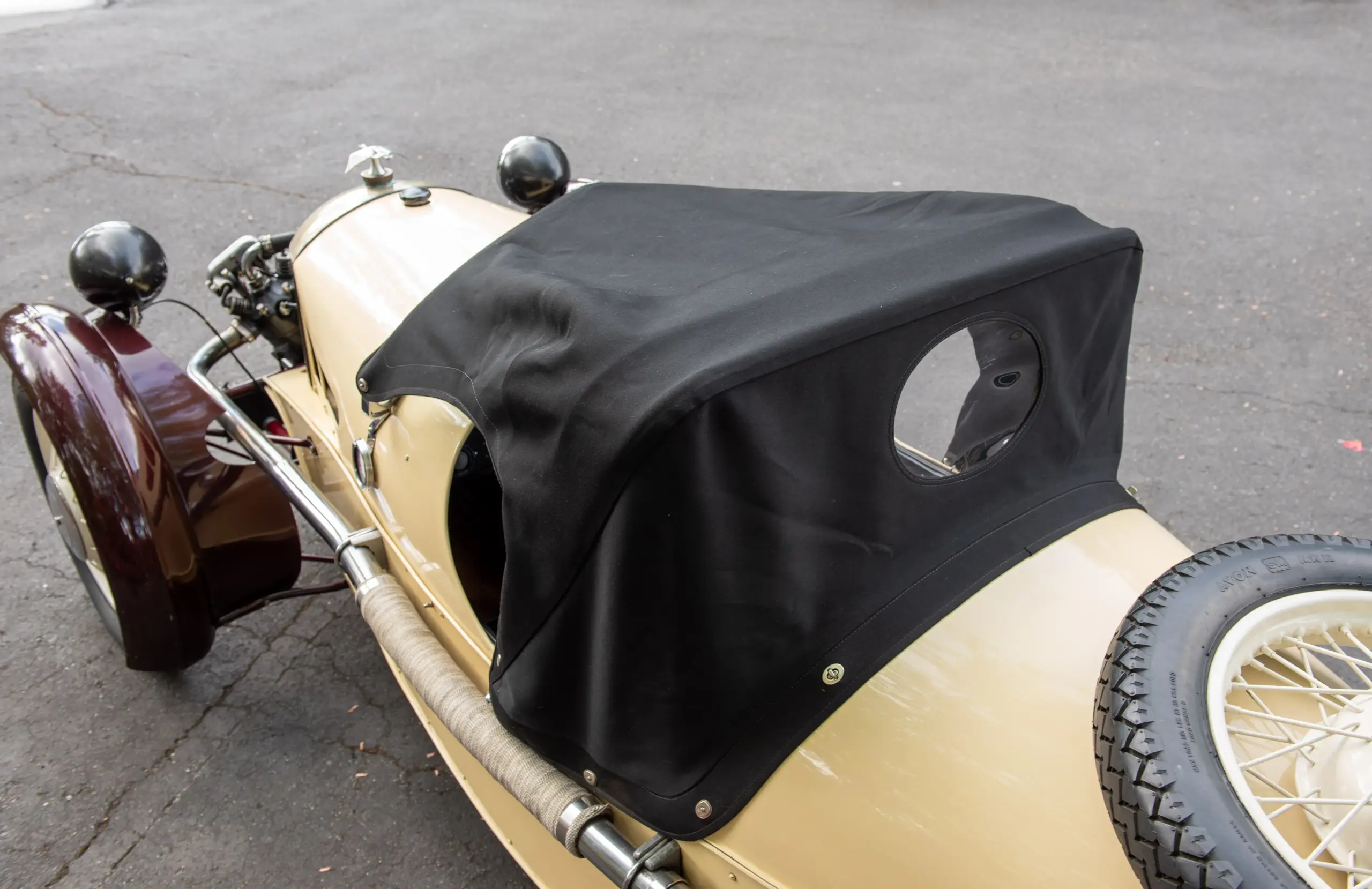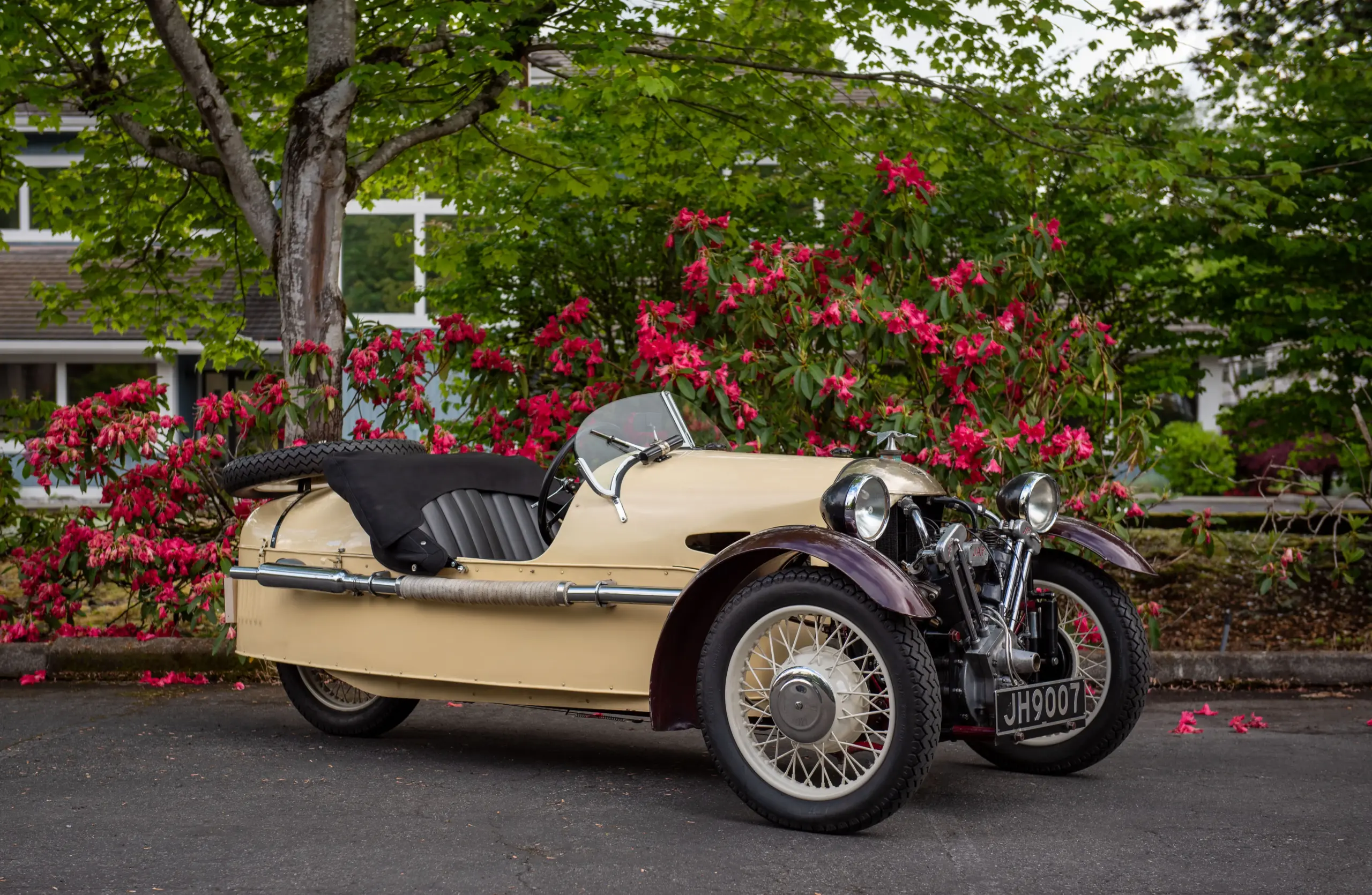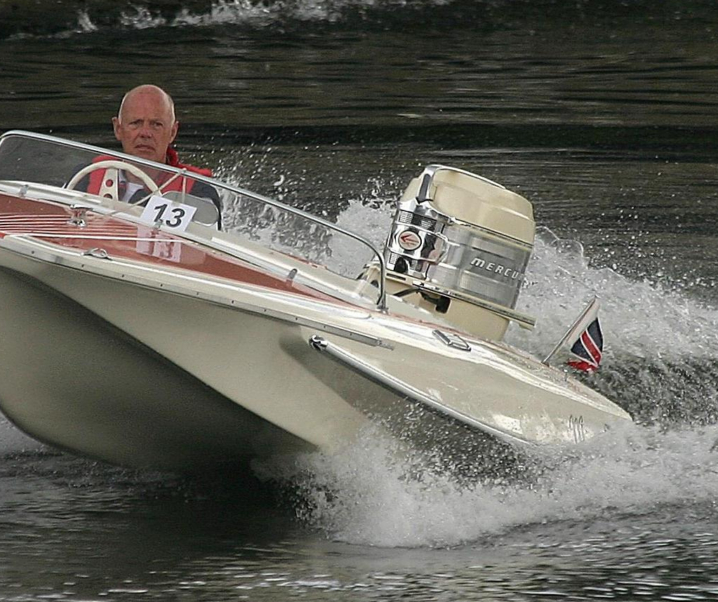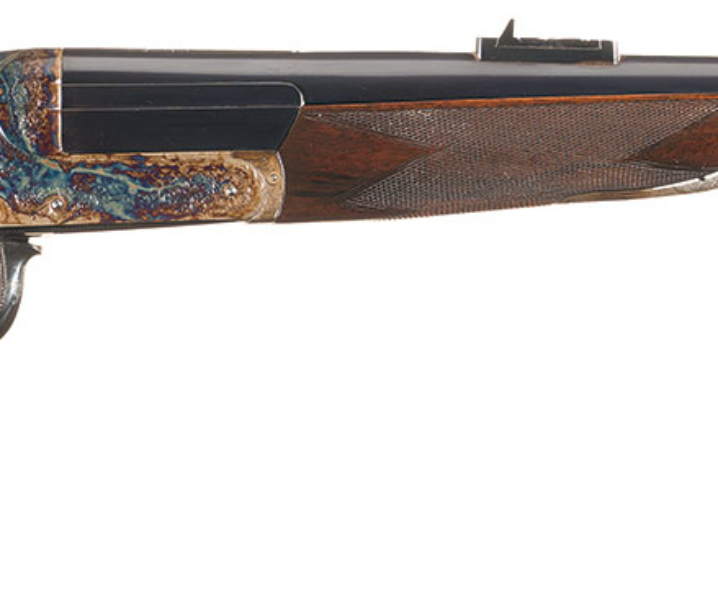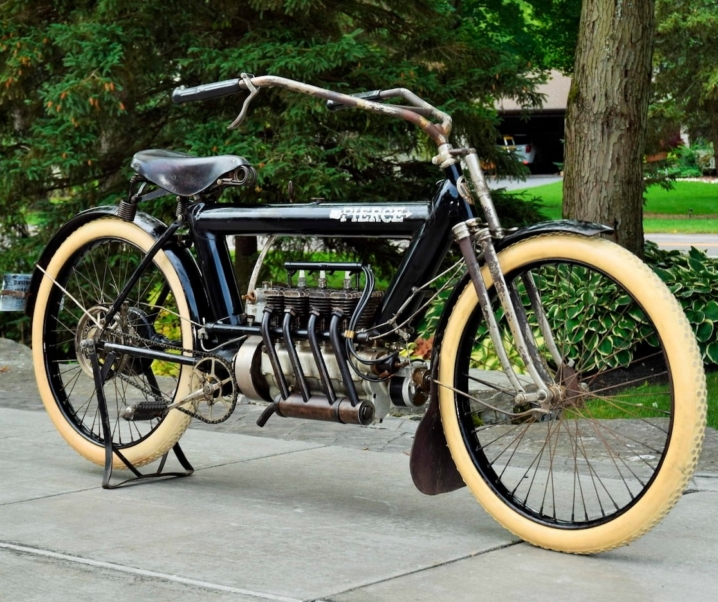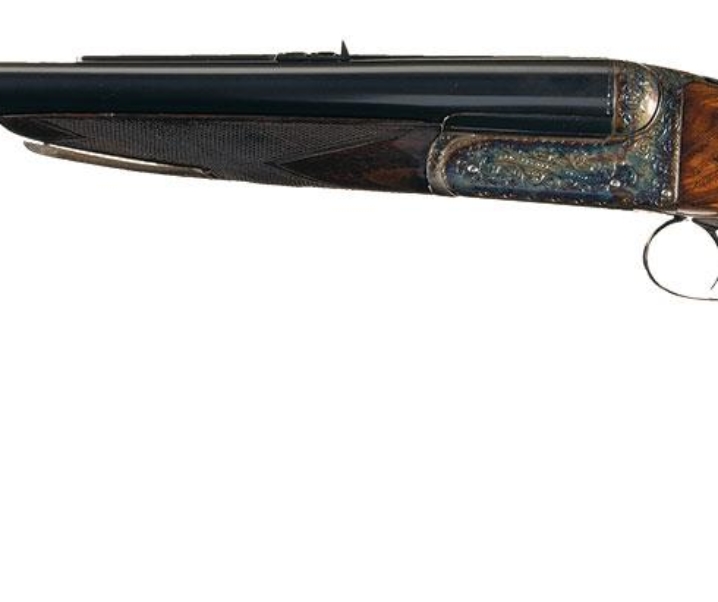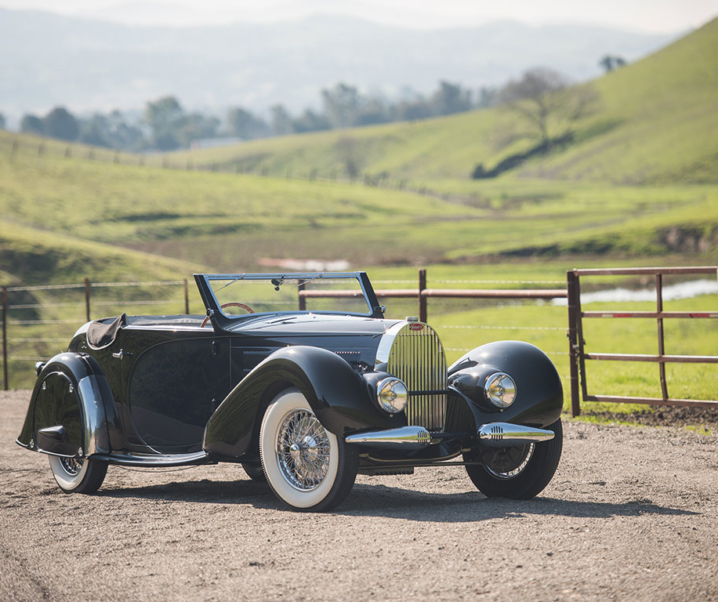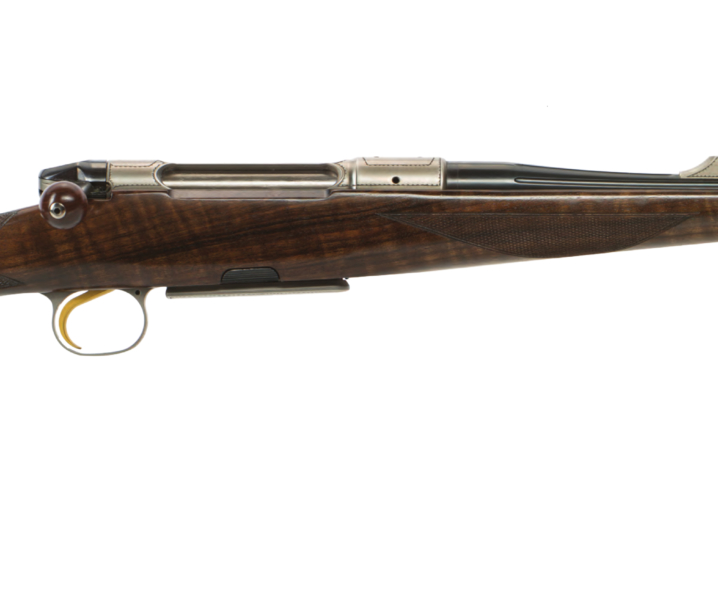Morgan cars had a humble but imaginative beginning with HFS Morgan first building a single-seat three wheel cycle-car which was steered by a tiller. HFS cars proceeded to increase in sophistication and practicality with his motorcycle engine fitted models culminating in the Morgan Super Sports.
Fast Facts
- Henry Frederick Stanley Morgan began making three-wheeled cycle-cars in 1909 and these became the trademark style of Morgans up until 1936 when they moved to four-wheeled automobiles.
- There were many styles and models of three-wheel Morgans including cars created for racing, and even a delivery van.
- The last of the traditional style Morgan three-wheelers was the Super Sports which was in production until 1939.
- One of these Morgan Super Sports, a 1934 model, is up for sale on Bring a Trailer at time of publication.
In the Beginning
Back in the early 1900’s, as motorized vehicles slowly began to compete with the horse, cycle cars and motorcycles, solo or with side-cars, became pioneering machines that would usher in the era of the internal combustion engine.
So it was that vehicles of two, three and four wheels were on offer for people in the middle income bracket with modest budgets.
It was in this environment that a young man named Henry Frederick Stanley Morgan – generally known as “HFS” – made his move to enter the precarious career of motor vehicle manufacturing.
HFS had studied engineering at the Crystal Palace School of Engineering in London and served an apprenticeship with the Great Western Railway before opening a motor sales and servicing garage with a friend in 1904.
By 1909 HFS decided he could build a cycle car of his own design. He had already designed an independent suspension and he incorporated it into his single-seat three wheel cycle car.
HFS first car was very much a cycle car – powered by a twin-cylinder 7hp motorcycle engine the steering was by a tiller at the right side of the driver. Throttle control was a slim little handle on the left side and the car had two-speed gearing – but no reverse – like a motorcycle the rider was expected to simply hand push it if going backwards was required.
The car was exhibited at the 1910 London Motor Show but did not attract many buyers. HFS realized that a more sophisticated design was going to be needed, a vehicle that would offer more comfortable seating, and that would appeal to customers wanting something more like a car – but with a sporty edge to it.
So HFS busied himself on a nice clean white sheet of paper and with sharpened pencil proceeded to create what would become the cycle car that would define Morgan’s car company.
The Classic Morgan Three-Wheeler is Born
HFS believed that his new car needed to be a two-seater, and that it needed a steering wheel rather than a tiller. Built on a backbone chassis in a similar way to his single-seat cycle-car HFS gave his new car a bonnet/hood that made it look like a “real car”.
By 1911 the new Morgan three-wheeler was in production and it seems to have created quite a bit of interest: so much so that Harrods department store in London decided to take up an agency resulting in the Morgan becoming the only car ever to be displayed in a Harrods shop window.
HFS kept the single-seat tiller steered model in production until 1911 alongside his new far more car like two-seater. He campaigned both styles in various speed events and trials, a strategy which led to Morgan’s three wheel cars becoming well known and respected.
The Morgan three-wheeled models progressed through the Sporting of 1911-1921, the Standard of 1911-1915 and then 1920-1929, the De Luxe of 1911-1931, the Grand Prix of 1913-1926, a Delivery Van of 1913-1932, and the Aero of 1917-1932.
The First World War came and went and in the post-war period Morgan set about progressively refining the three-wheeler cars and offering more powerful engines from a range of manufacturers: many were from J.A.P., who were famous and who became the suppliers for the prestigious Brough Superior motorcycles – known as “the Rolls Royce of motorcycles”.
In 1919 Morgan introduced the Family Model which offered seating for two adults and two children in smaller rear seats – effectively pioneering the 2+2 seating found in many sports cars.
That post-war period saw the creation of the Sports Model 2 of 1926-1932, the Super Sports Aero of 1927-1932, the Sports Model 3 of 1932-1939, and culminating in the Super Sports Model of 1933-1939.
The Super Sports represents the pinnacle of development of the V-Twin motorcycle engine powered Morgan three-wheeler. They were made with a variety of engines: air-cooled or water cooled, from a number of different manufacturers. The transmission provided three forward gears and a reverse gear.
Body styles varied with the Super Sports being made in both Beetle-back and Barrel-back styles. The Barrel-back style provided for the spare wheel to be carried in an integrated recess in the rear of the car’s tail, while the Beetle-back carried its spare laid flat on the top of the rear.
One of these Beetle-back Super Sports is up for sale on Bring a Trailer at time of publication.
This car is painted in a cream color with red accents, and interior with black vinyl seats. It is powered by a J.A.P. 1,096cc V-Twin engine and has a three speed manual transmission.
As with all the Morgan three-wheelers up to this point in development the throttle is hand operated while the brake and clutch are foot operated.
The engine breathes through an Amal pre-Monobloc carburetor, and exhales via a side-mounted dual exhaust system with chrome Burgess mufflers.
The 18 inch wire spoke wheels are all detachable, windscreen wipers are vacuum operated and the windscreen is a split type.
This Super Sports boasts electric lights and triple drum brakes to ensure it can be stopped with decent efficiency.
The car also has a simple canvas top to provide slightly better weather protection than one gets on a motorcycle.
You will find the sale page for this Morgan Super Sports if you click here.
Following on from the Super Sports Morgan made their Model F, which was also a three-wheeler but powered by a Ford side-valve engine which was installed under the bonnet/hood behind the front axle line. From there Morgan moved to the making of four-wheeled cars, although a new three-wheel model was introduced in 2011.
Picture Credits: All pictures courtesy Bring a Trailer.
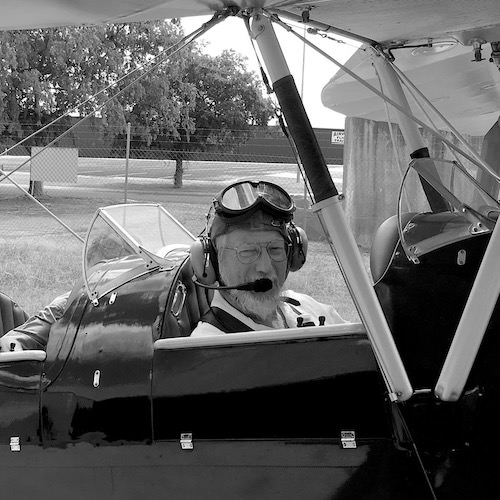
Jon Branch is the founder and senior editor of Revivaler and has written a significant number of articles for various publications including official Buying Guides for eBay, classic car articles for Hagerty, magazine articles for both the Australian Shooters Journal and the Australian Shooter, and he’s a long time contributor to Silodrome.
Jon has done radio, television, magazine and newspaper interviews on various issues, and has traveled extensively, having lived in Britain, Australia, China and Hong Kong. His travels have taken him to Indonesia, Israel, Italy, Japan and a number of other countries. He has studied the Japanese sword arts and has a long history of involvement in the shooting sports, which has included authoring submissions to government on various firearms related issues and assisting in the design and establishment of shooting ranges.
